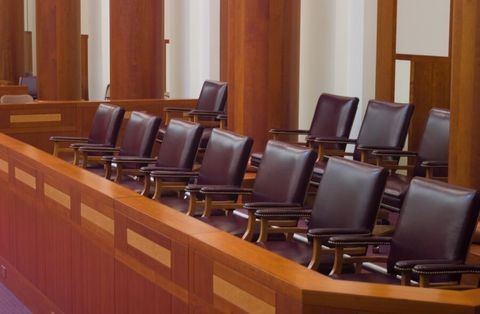Reducing Claw-back Risk - Acquiring Distressed Claims and Assets During Periods of Market Dislocation
Client Alert | 2 min read | 05.11.20
As the economic impact of COVID-19 continues to unfold, opportunities to purchase debt and claims at attractive prices from sellers who may be starved for liquidity have started to increase. In such periods of market dislocation, even good-faith purchasers may risk claims of “constructive fraudulent transfer”, “constructive fraudulent conveyance”, or a similar “claw-back” suit if the seller was (i) insolvent at the time of the transaction, or (ii) rendered insolvent as result of the transaction. Claw-back causes of action are typically asserted by spurned creditors of the seller that have unsatisfied debts, or by bankruptcy trustees or official committees of unsecured creditors if the seller subsequently files for bankruptcy.
While the definition of a “constructive fraudulent transfer” or a “constructive fraudulent conveyance” varies by jurisdiction, both terms mean a transfer for less than “fair consideration” was made when the seller was insolvent or rendered insolvent by the transfer, or that the remaining assets of the seller after the transfer are unreasonably small in relation to the seller’s ongoing business. To remedy the situation, the buyer may have to return the asset (or its value) in order to satisfy the seller’s liabilities to creditors, liabilities that the buyer did not agree to assume – and which buyer may have expressly provided were to remain with the seller.
Assuming the seller was insolvent at the time of the transaction, one of the main prongs in analyzing whether the transaction is categorized as a constructive fraudulent transfer is whether buyer paid “fair consideration” or “reasonable equivalent value.” (Whether an entity is “insolvent” is another major factor that should be analyzed in any defense to such an action, but that is a topic to be covered in another article.)
To protect against this risk, buyers of distressed assets should work with counsel to support the fairness of the purchase price, including by taking one or more of the following precautions, depending on the circumstances surrounding the sale process and the debt or claim at issue:
- Locating and documenting current market pricing for the debt/claim or similar debt/claims that are being sold in the market to help establish that the pricing, however dislocated, represents the current fair market value. This can be accomplished by obtaining quotes from other brokers, market participants or taking contemporaneous notes on research or information obtained from the market. Saving these notes or research will become valuable evidence in any potential future litigation many years later.
- Consider purchasing assets only through an open quotation or auction process. While not ideal, an auction process helps establish independent evidence of fair market value.
- If seller’s bankruptcy is imminent, consider whether the asset should be purchased through a bankruptcy sale process (also known as a Section 363 sale), which will be authorized by a court order finding that fair value was paid.
- Obtain representations, warranties from the Seller, or a guaranty from a related entity, confirming the Seller’s solvency, ability to pay its debts as they become due, and the fair market value of the distressed assets that are the subject of the transaction. While these representations may not provide a complete defense to a lawsuit, they may provide an additional avenue for recovery in terms of a separate counterclaim or claim.
The current market dislocation will provide buyers of distressed debt, claims and other assets with significant opportunities -- but these opportunities should be thoughtfully undertaken given the inherent risks of detailed future scrutiny by creditors of insolvent sellers. Please contact us for further information or guidance.
Contacts
Insights
Client Alert | 3 min read | 04.23.24
DOJ Promises NPAs to Certain Individuals Through New Voluntary Self-Disclosure Pilot Program
On April 15, 2024, the Acting Assistant Attorney General for the Criminal Division of the Department of Justice (“DOJ”) Nicole Argentieri announced a new Pilot Program on Voluntary Self-Disclosure for Individuals (“Pilot Program” or “Program”). The Pilot Program offers a clear path for voluntary self-disclosure by certain corporate executives and other individuals who are themselves involved in misconduct by corporations, in exchange for a Non-Prosecution Agreement (“NPA”). The Pilot Program specifically targets individuals who disclose to the Criminal Division at DOJ in Washington, D.C. information about certain corporate criminal conduct. By carving out a clear path to non-prosecution for those who qualify, DOJ has created another tool to uncover complex crimes that might not otherwise be reported to the Department.
Client Alert | 3 min read | 04.23.24
Client Alert | 6 min read | 04.23.24
Client Alert | 3 min read | 04.22.24



